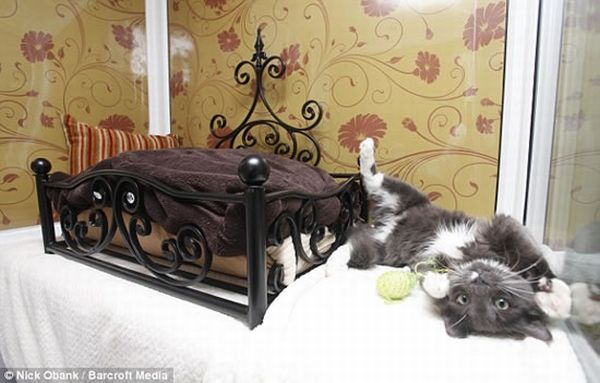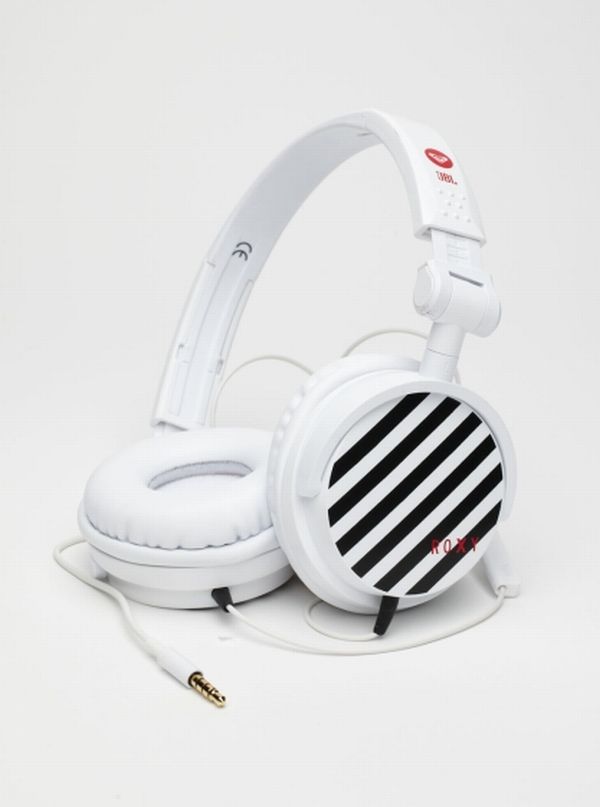The flash sales business, which grew at a rapid rate during the recession, may have already reached its peak. As economies trudge back to recovery, many flash sales sites are realizing that profitability may not be a given in this business. Hence, even as luxury retailers worry about the impact of the recent turbulence in the stock markets, flash sale sites are wondering how to restructure their business models to reap the most revenue. Some like Gilt Groupe have gone in for massive restructuring, even entering into the more profitable full-price market and establishing itself as a high-end lifestyle brand.
Gilt Groupe was one of the path-breaking flash sales sites in the United States. It really popularized flash sales of women’s apparel online. However, Gilt is no longer content with this aspect of its business. Thus, it is aiming at transforming into something like an Amazon for luxury buyers. The company may be downplaying its shift to full-price business, but analysts feel that Gilt is restructuring because it has realized that the flash sales business is not lucrative in the long run.
Back in 2009, Gilt was modeled on the concept of France’s Vente Privee, where excess stocks from luxury brands were sold at heavy discounts. The initial success of flash sales sites can be attributed to the effects of the recession, which prodded wealthy buyers to curb their spending on luxury goods. A flash sale where luxury goods were offered at big discounts became all the rage among this group of buyers. Moreover, there were several benefits to the flash sales business: less inventory and a time limit on products that provided an excuse to send email reminders to members. The problem is that flash sales sites in the US have competition from other sites like HauteLook and ideeli as well as from discount stores (Ross, T.J. Maxx) and department stores (Nordstrom, Barneys). So Gilt’s restructuring comes as no surprise.
Most recently, Gilt Groupe has announced a full-price men’s clothing site. Named Park & Bond, the site offers in-season products available all year round, and there are no discounts. Gilt continues to be a money-spinner; last year it brought in gross revenues of $500 million and the site hosts 30 sales each day. According to chief executive Kevin Ryan, the move to full-price lines has less to do with the waning popularity of flash sales sites and more to do with selling more things to the luxury buyer. And while a full-price line may necessitate higher inventories, the profitability quotient is higher.
Gilt already has full-price sites for food, gifts, furniture, décor and travel. Notably, other flash sales sites like ideeli and Rue La La have diversified from women’s wear to children’s apparel and travel, but never to full-priced products. The $1 billion company is expected to go public in the near future. It already has $240 million as venture capital. With a staff of 800, Gilt may still be a far cry from Amazon and its ilk. But the site is second only to Bloomingdales in terms of number of visitors, beating even Barneys and Saks Fifth Avenue. As Park & Bond cozies up to male luxury buyers with its mix of shopping and editorial, Gilt seems to be eyeing bigger goals than many of its competitors.
Via: The New York Times





